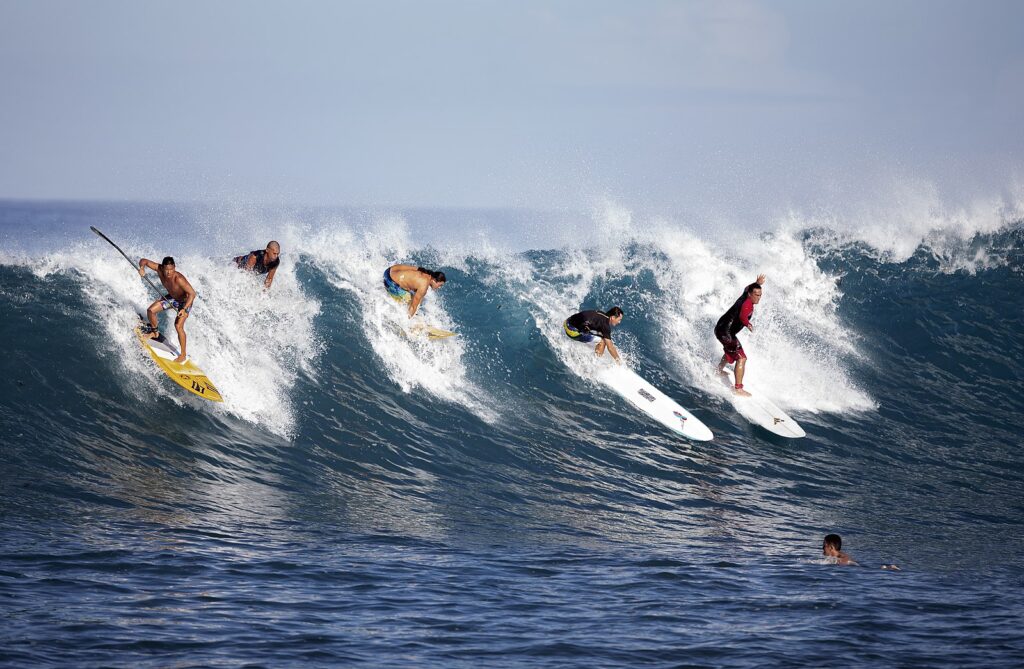By Sally Ho.
TOKYO (AP) — Surfing is as much skill and science as instinct and timing. That begins with learning how to read ocean swells to anticipate the formation of the wave to quickly execute a maneuver.
Here, we explain what you need to know about surfing to appreciate its Olympic debut at the Tokyo Games this month.
LEARN THE LINGO
Surfing has its own language, and the first thing you need to know about surfers is that they have a lot of popular phrases to convey their excitement and enthusiasm for a good ride.
Stoked. Frothy. Gnarly. Sick. Rad.
Waves are created by the way the swells interact with the bottom contours of the ocean, called the break. Beach breaks — like the Olympic site at Tsurigasaki beach — happen because of sandbars, which can shift over time or due to storms. Point breaks are made against a point of land, such as a jetty. Reef breaks are often further out in the ocean.
The technical makeup of a wave is also important oceanography to know. The lip of the wave is the curling part at the top, the face of the wave is the blue water, and the whitewater is the foam that results from the energy of the breaking wave.
READ MORE at apnews.com

